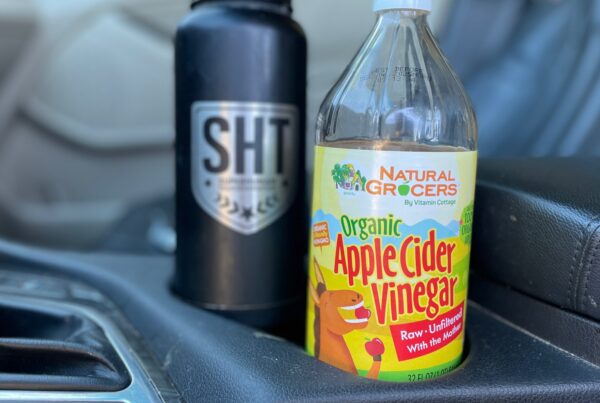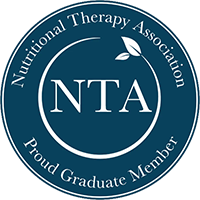what is “Mediterranean?”
it incorporates principles from countries and cultures that border the Mediterranean sea:
- North Africa has a lot of spices and herbs but does not tend to be “spicy.” they incorporate more deep flavors, deep orange and meats, finished with herbs like cilantro and parsley. they use slow-cooked meats and soups.
- In the Middle Eastern area, there is a lot of use of garlic and sesame seeds. one of the foundational ingredients in Middle Eastern dishes is tahini, which has a unique tangy flavor and silky texture—much like a nut butter—and adds richness and body to recipes.
- Italy we get a lot of tomato-based dishes, and the use of oregano, olive oil, parsley, basil, and thyme.
- we see some Asian influences with the use of turmeric and ginger.
- the Balkans are known for their use of paprika and capers.
- Provence, a coastal region of France, uses things like sage, rosemary and fennel.
some commonalities we can pull from these cultures:
- local and seasonal ingredients including produce, herbs, grazing animals and wild seafood.
- spices such as cumin, cinnamon, coriander, paprika, turmeric, and saffron.
- flavors of fresh herbs like cilantro, parsley, and mint.
- liberal use of olives and olive oil.
- salads, soups, and dips compliment most meals.
- small fish like anchovies, sardines, and other fatty fish.
some other healthful characteristics:
- life tends to be at a slower pace. calm and relaxed.
- value family and social connections.
- seasonal eating is foundational.
- relatively active lifestyle, lots of moving at a constant, low-level pace.
- less technology-driven than the U.S.
- most meals cooked at home.
- embrace healthful fats olive oil, butter, duck, lamb, and other animal fats.
- avoid processed foods.
- embrace nose-to-tail eating.







